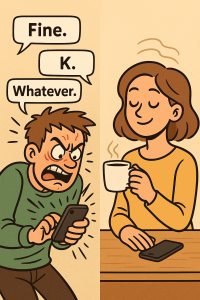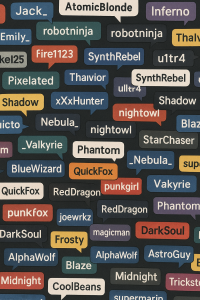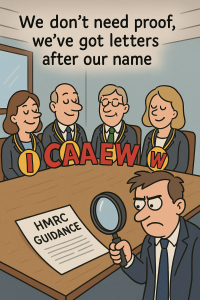Remember the Ice Bucket Challenge from the summer of 2014 ?
Our social media feeds were flooded with videos of friends, family, celebrities, even politicians dousing themselves with freezing cold water, all in the name of raising money for Amyotrophic Lateral Sclerosis research. It was new, fun, harmless and above all purposeful. It made us laug and more importantly, it made a difference. According to Google, the Ice Bucket Challenge raised $115 million in six weeks, a 3,500% increase over typical annual fundraising.
That’s what a social media challenge should be!
But fast forward a few years… and somehow, we have ended up reading news stories about a vast range of other challenges such as the Blackout Challenge, a disturbing and deadly trend where children are encouraged to choke themselves until they pass out, all for views, likes, and shares.
However, instead of laughter and awareness and money raised for a good causes, this “challenge” has left grieving parents burying their children.
How Did This Happen? Who Let This Happen?
Social media was supposed to connect us, inspire us, give us a place to share what we wanted with our friends and family.
Instead, the darker side of these platforms has created a breeding ground for dangerous trends that spread like wildfire, often right under the noses of moderators and content filters that are supposed to protect users, especially those who are vulnerable like our kids.
The Blackout Challenge isn’t new, it first appeared years ago; but it’s found new life on platforms like TikTok, Instagram, and YouTube Shorts where viral videos spread in seconds and algorithms reward shocking content.
And Here’s the Hard Truth:
Platforms claim they “remove dangerous content.” They claim they “care about user safety.” But somehow, videos promoting this challenge still made it into the feeds of children, including those as young as 8 or 9; effectively encouraging them to risk their lives for the thrill of going viral and being popular…
Who allowed this?
- The creators? Did they fully understand the dangers and potential disastrous outcomes of what they were doing? Doubtful.
- The viewers? Maybe? especially those that didn’t report it immediately.
- But mostly the platforms because they have enabled this. Those who built the algorithms, who profit from every click, every view, every second your child spends glued to the screen, even if it leads them straight to danger.
What’s the Difference Between Then and Now?
- The Ice Bucket Challenge was created for a cause. It made you uncomfortable for a second—for charity. It’s worth sharing because it’s for a purpose which we all hope will lead to medical breakthroughs.
- The Blackout Challenge has no cause, no purpose—just a reckless dare that preys on kids’ natural curiosity and need for peer approval. It would not be allowed in our news.
The difference? Intent. Purpose. Safety. Oversight.
One was monitored, celebrated, and safe. The other slipped through the cracks until it started taking lives.
How Do We Protect Our Kids?
We can’t wait for social media companies to fix this—they’ve proven that protecting children isn’t as profitable as promoting viral content; especially when we take into account the numerous whistle blowers who have shown that harms were known.
Imagine the outrage that would occur if a food company carried on selling a product that contained a known poison…
Here’s what we can do:
✅ Talk to your kids—early and often about online challenges, peer pressure, and the dangers lurking behind “harmless” trends.
✅ Check their apps, watch their feeds—know what they’re seeing because it’s not always obvious.
✅ Teach them critical thinking—that not every challenge is worth doing, no matter how many views it gets.
✅ Push for accountability—support laws, petitions, and movements demanding platforms do more to monitor and stop dangerous content. You can make a difference by reaching out and sharing information. Telling other mums while you’re waiting at the school gates is one easy way for starters.
Final Thought
The Ice Bucket Challenge showed us the power of social media when it is used for good. It brought the world together for a cause.
However, the Blackout Challenge is a dark reminder of what happens when these platforms fail our kids. And sadly, the Blackout challenge is but one of the many that are being allowed to proliferate online.
The question is: how many more children do we have to lose or allow to get hurt before someone pulls the plug on these deadly trends?
Our online safety laws is the start of a wave that we can all use to demand better, as a society and as individuals.
If you know anyone who has been affected by social media, do reach out.
Photo by Lubomirkin



